Implementing Decision No. 502/QD-UBND dated February 23, 2012 of the Provincial People's Committee Chairman on approving the Planning of concentrated bamboo cultivation areas in Thanh Hoa province for the period 2011-2020, Quan Son District People's Committee coordinated with Thanh Hoa Forest Protection Department to go to villages and hamlets to disseminate and propagate policies to support the development of intensive bamboo cultivation areas; provide training on techniques for caring for and fertilizing bamboo forests for households that registered to participate in bamboo forest restoration...
 People of Tam Thanh commune prepare seedlings to plant bamboo and reed forests.
People of Tam Thanh commune prepare seedlings to plant bamboo and reed forests.
In the period 2016-2020, households were supported with funds to buy fertilizer for the first and second years of intensive bamboo forest restoration (2 million VND/ha/year) and supported with 230 million VND/km of upgraded or new forestry road (200ha of concentrated bamboo forest were supported with 1km of road).
As a result, by December 2023, the area of bamboo trees in Quan Son district for intensive restoration was more than 8,000 hectares. The entire district has built over 20km of new forestry roads, creating favorable conditions for people to intensively cultivate, restore, care for, exploit, and transport forest products for consumption, reducing manual labor costs.
In nearly 8 months of 2024, the Department of Agriculture and Rural Development of Quan Son district coordinated with communes in the area to provide training on techniques for caring for, fertilizing, and restoring bamboo and reed forests, implementing the 2024 plan for the entire district to intensively cultivate and restore 1,500 hectares of bamboo and reed forests, and care for and fertilize 650 hectares of bamboo and reed forests in the second year. Communes and towns in the district have proactively disseminated and effectively promoted the development of intensive bamboo areas; provided training on techniques for caring for and fertilizing bamboo forests to households that registered to participate in bamboo forest restoration, and developed a sustainable bamboo forest management plan to grant sustainable forest management certificates for bamboo forests...
The effectiveness of the policy of developing intensive bamboo areas has raised the awareness of local authorities and people in the management, protection, development and sustainable exploitation of bamboo forests. Changing from extensive farming practices without fertilizing and caring for bamboo forests to intensive farming, fertilizing and caring for bamboo forests. Restoring poor quality bamboo forests has significantly improved the productivity and quality of bamboo forests. Specifically, the bamboo shoot growth rate increased by 1.5 times, the bamboo shoots are larger and the shoots are longer. Some forestry roads combined with people's livelihoods have created favorable conditions for traffic in villages and hamlets. Since then, the value of bamboo trees has been increased, contributing to increasing the income of many bamboo farmers and bamboo processing enterprises.
The forest protection and conservation work has been actively participated by households, household groups and representatives of the village community. Currently, Quan Son has 6,142 hectares of bamboo and rattan forests certified by the International Forestry Stewardship Council (FSC), making an important contribution to ensuring the quality standards and output of the district's bamboo trees. In the district, there are over 70 companies, cooperatives and forest product processing establishments, purchasing and processing primary products, mainly chopsticks, paper, flooring, plywood, etc.
However, the capital allocated to implement the policy of supporting the development of intensive bamboo areas of the province is still limited, lower than the volume and plan set out. Meanwhile, the area of intensive bamboo forests for restoration is located in the district with complex terrain and barren land. The area of bamboo forests that are cared for and fertilized is only limited to areas supported by the State, and people have not proactively spent money and labor to intensively cultivate bamboo.
Along with the province's policy of supporting the development of intensive bamboo cultivation areas, Quan Son district needs to allocate a part of the local budget to support the expansion of intensive bamboo cultivation areas. Strengthen state management of forest protection and development in general, and bamboo forests in particular. Continue to review and evaluate the current status of bamboo processing facilities in the area to find solutions to improve the efficiency of production and trading of bamboo products; commit not to purchase or consume young bamboo. Build cooperative models for bamboo production and trading, create large enough concentrated raw material areas and act as a bridge to call for businesses to invest capital, science and technology in intensive farming, and develop sustainable and effective bamboo forests.
Article and photos: Thu Hoa
Source: https://baothanhhoa.vn/quan-son-tham-canh-phuc-trang-khai-thac-ben-vung-rung-luong-222966.htm








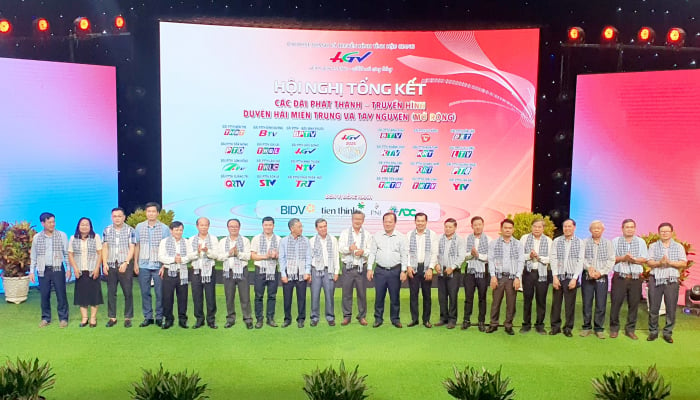

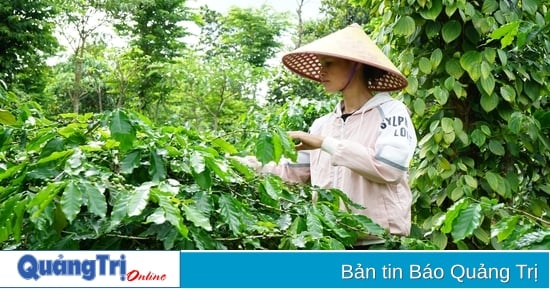
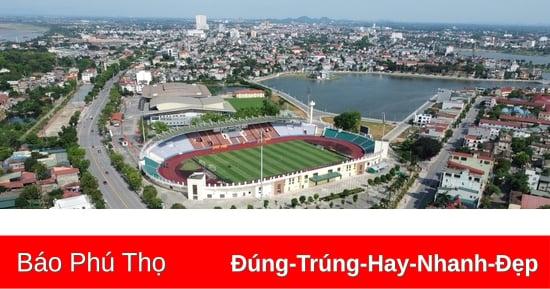
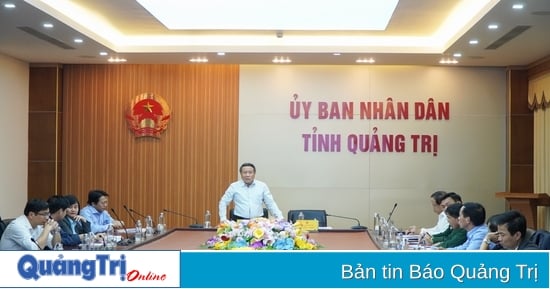
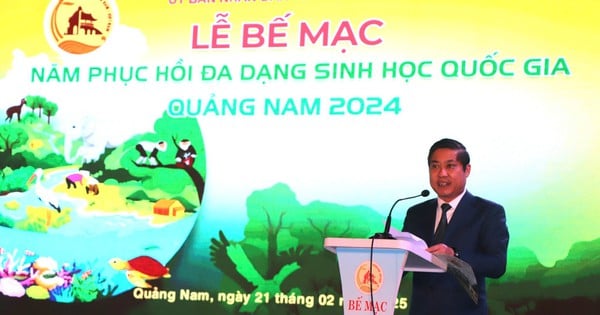

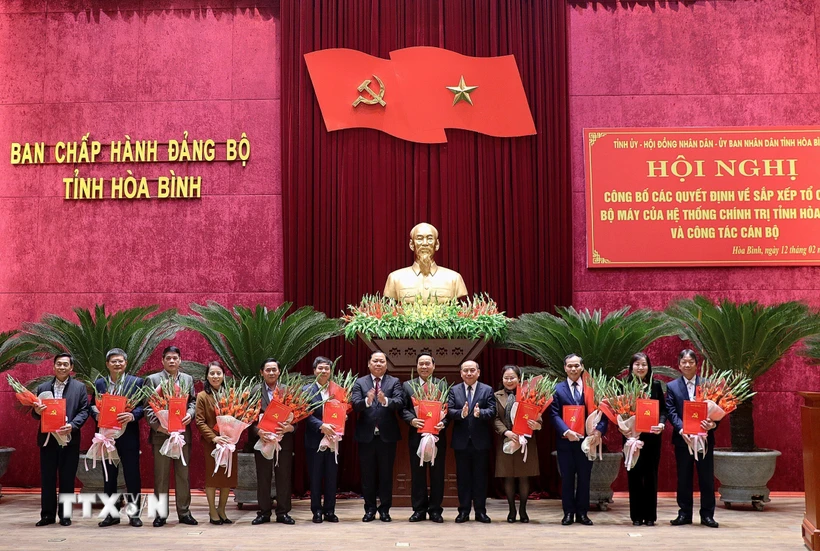







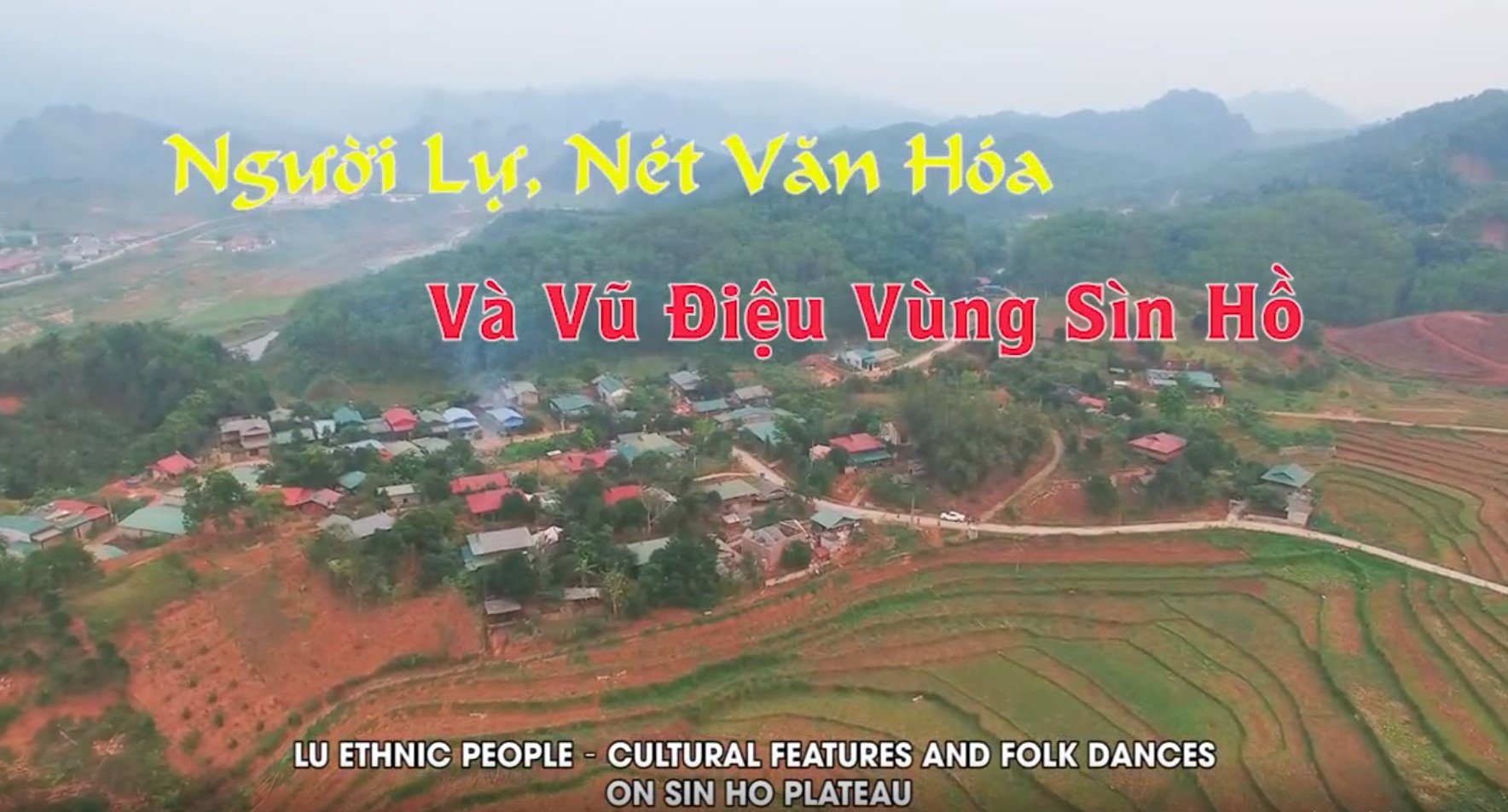
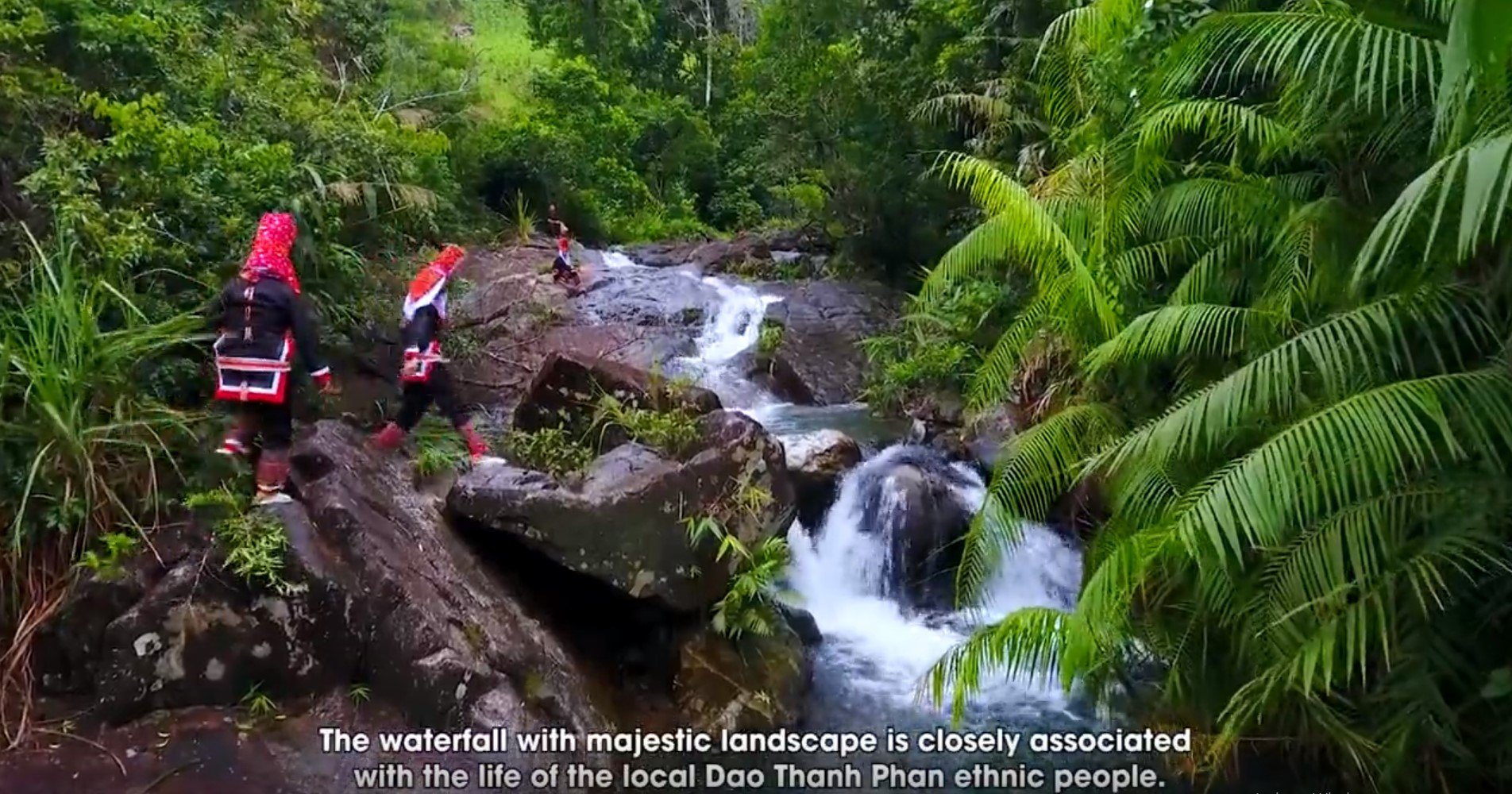


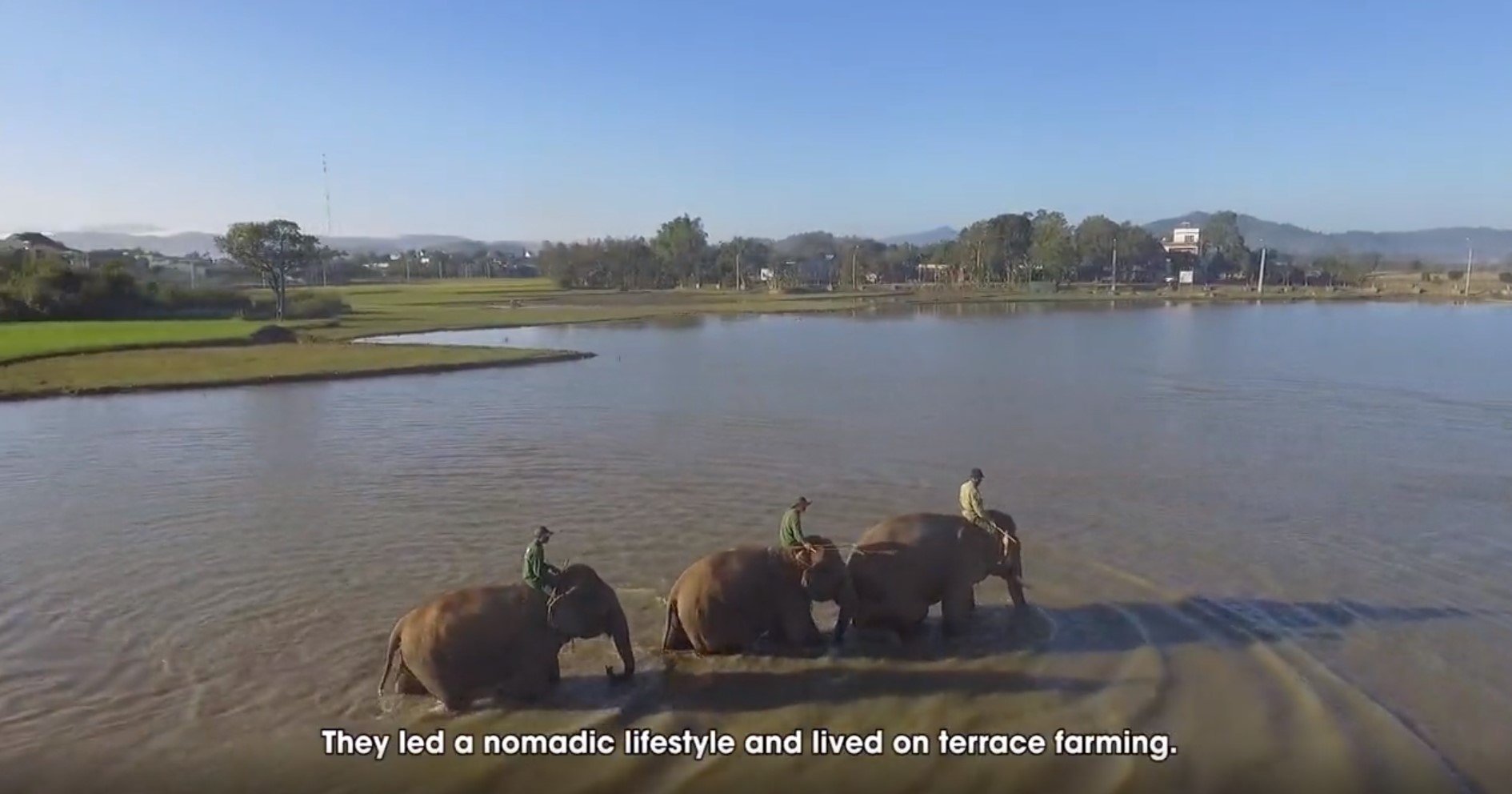








![[Photo] Prime Minister Pham Minh Chinh chairs Government Conference with localities on economic growth](https://vstatic.vietnam.vn/vietnam/resource/IMAGE/2025/2/21/f34583484f2643a2a2b72168a0d64baa)







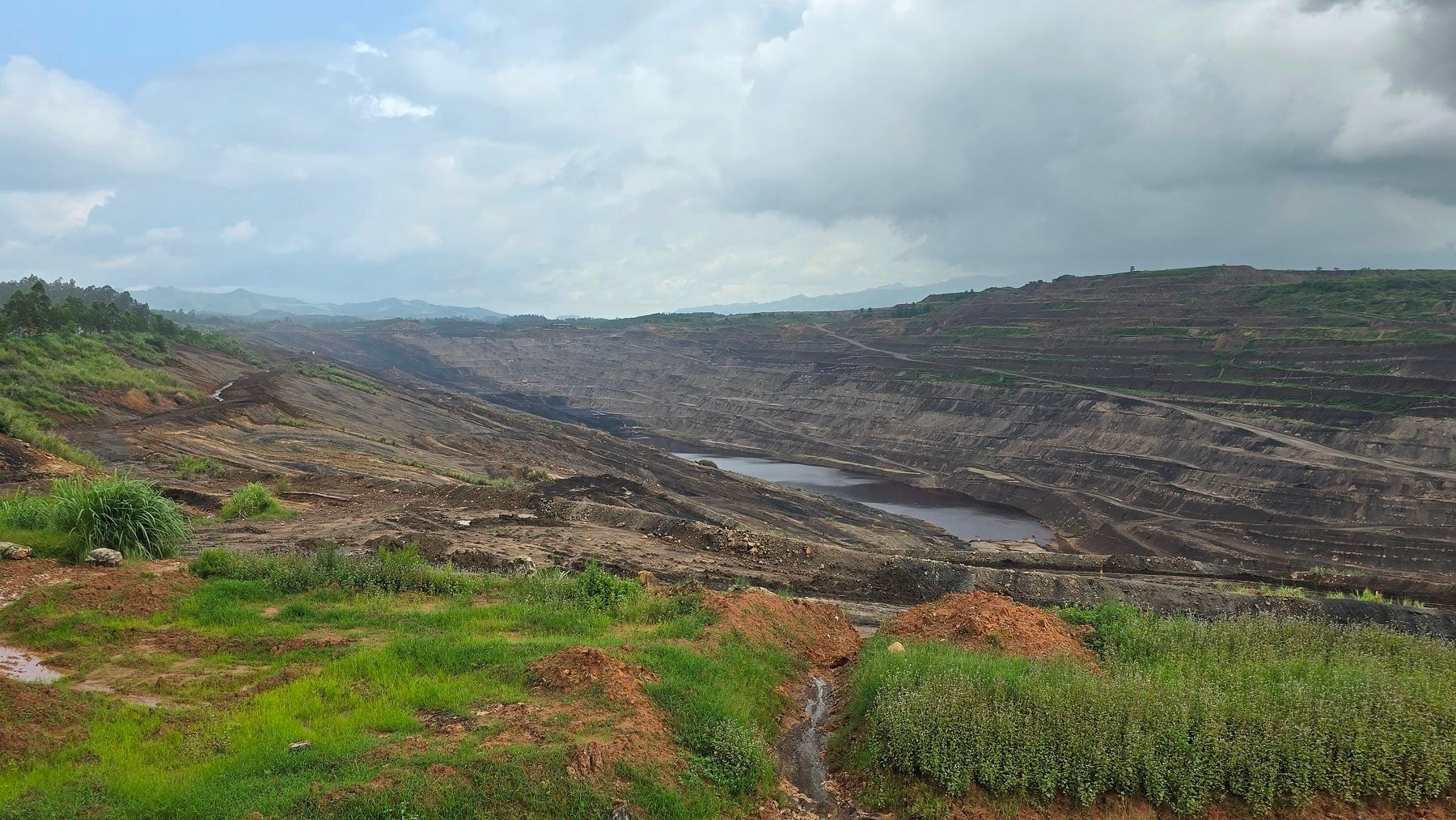




















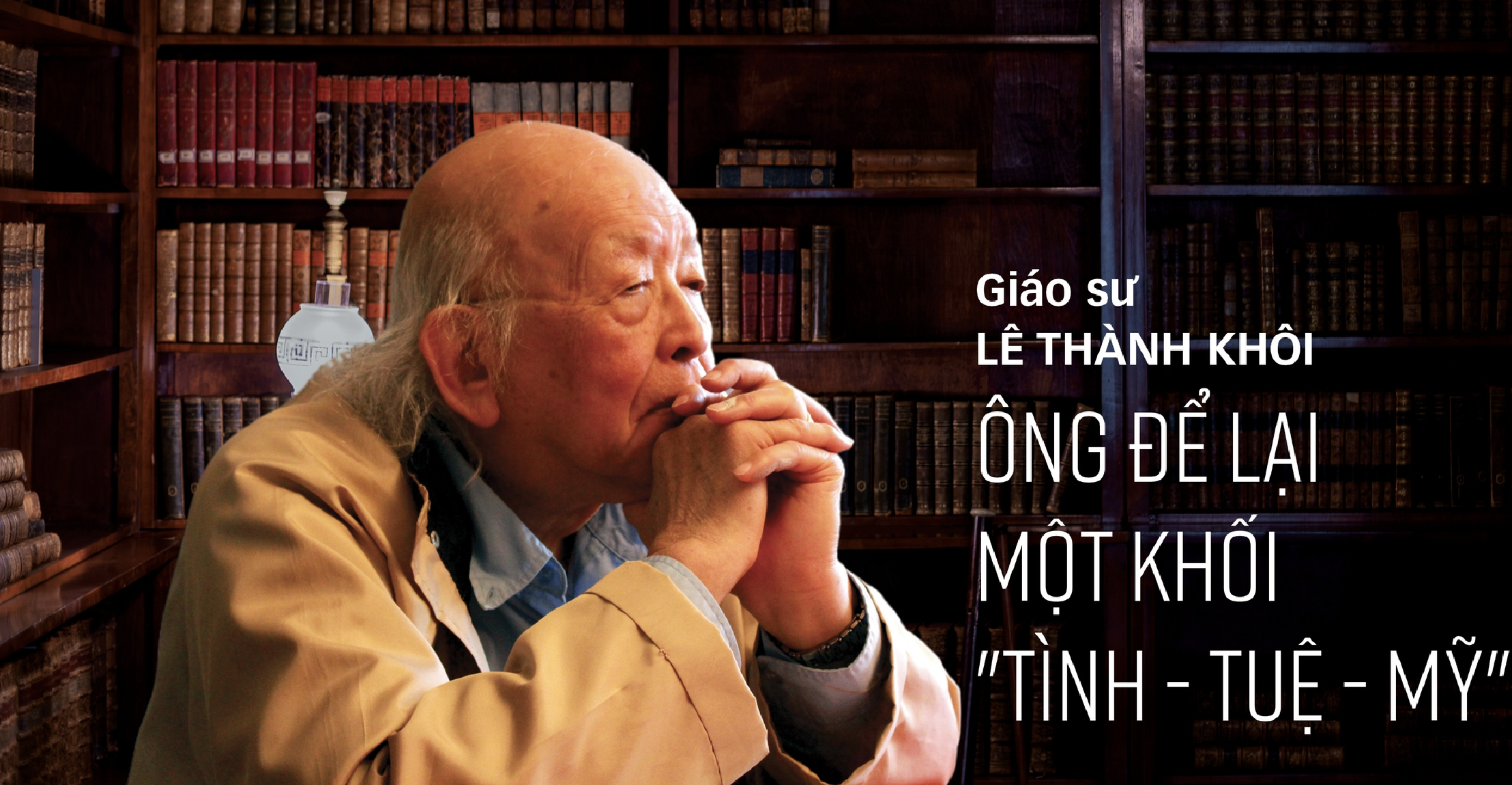
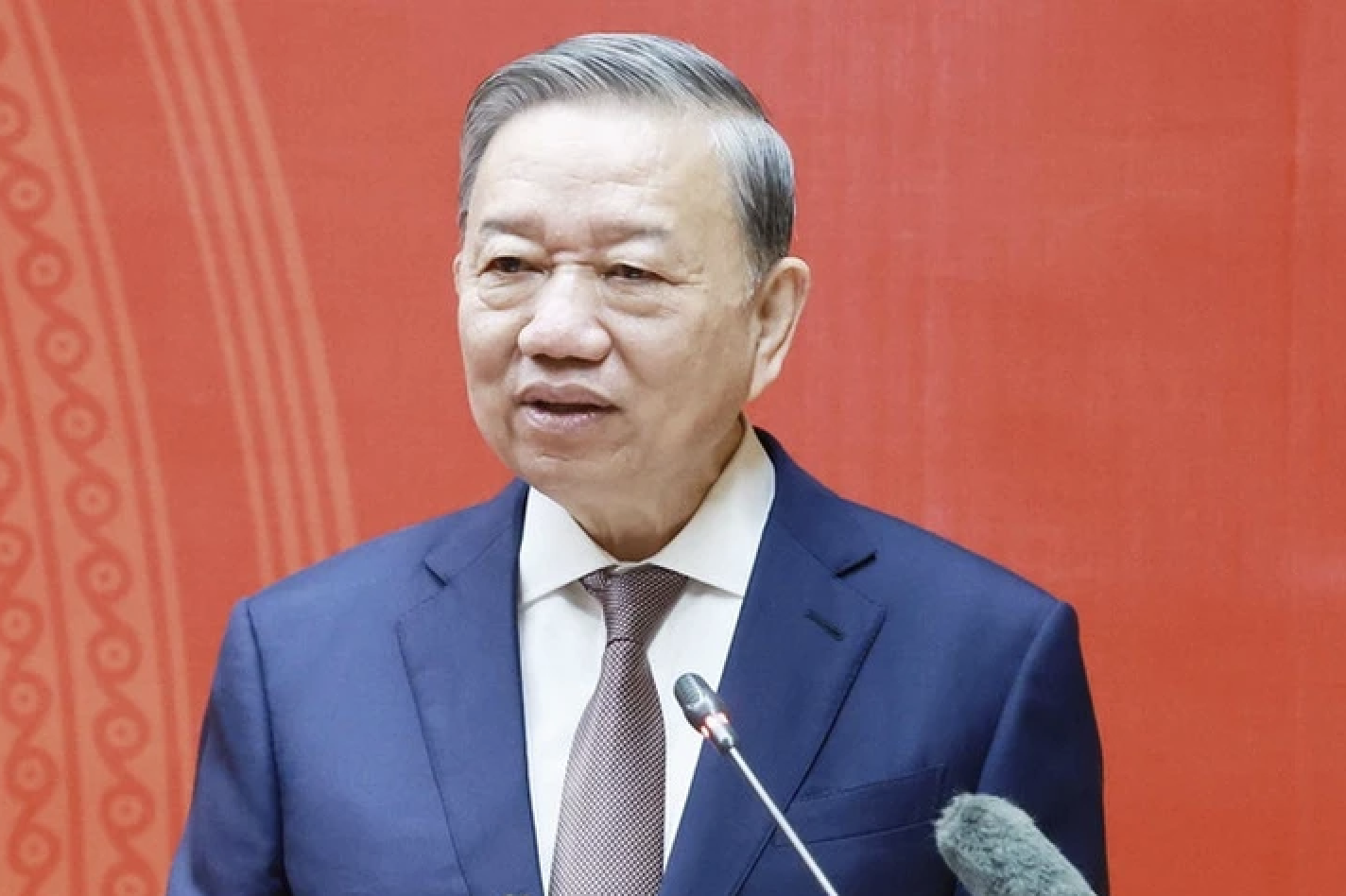
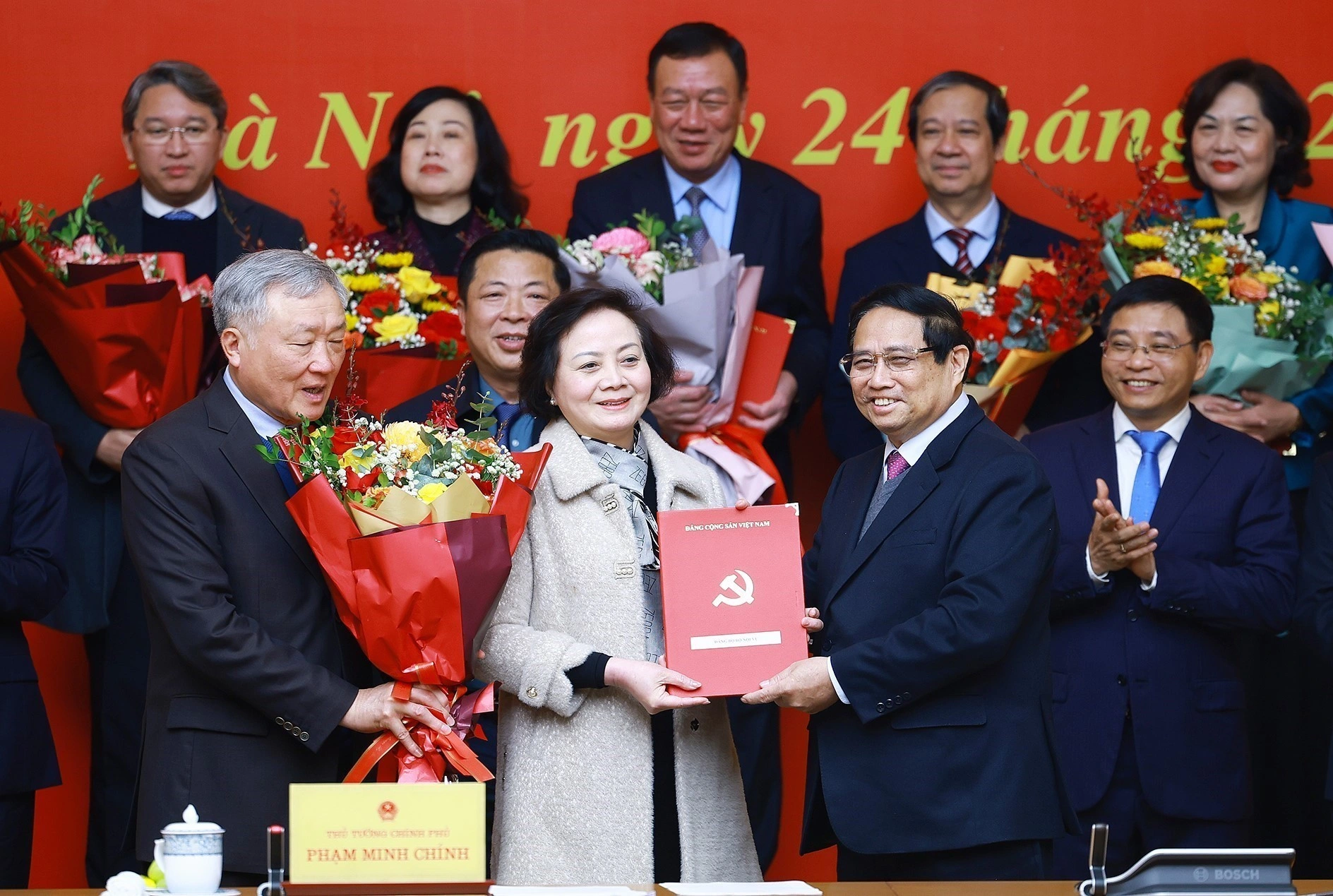
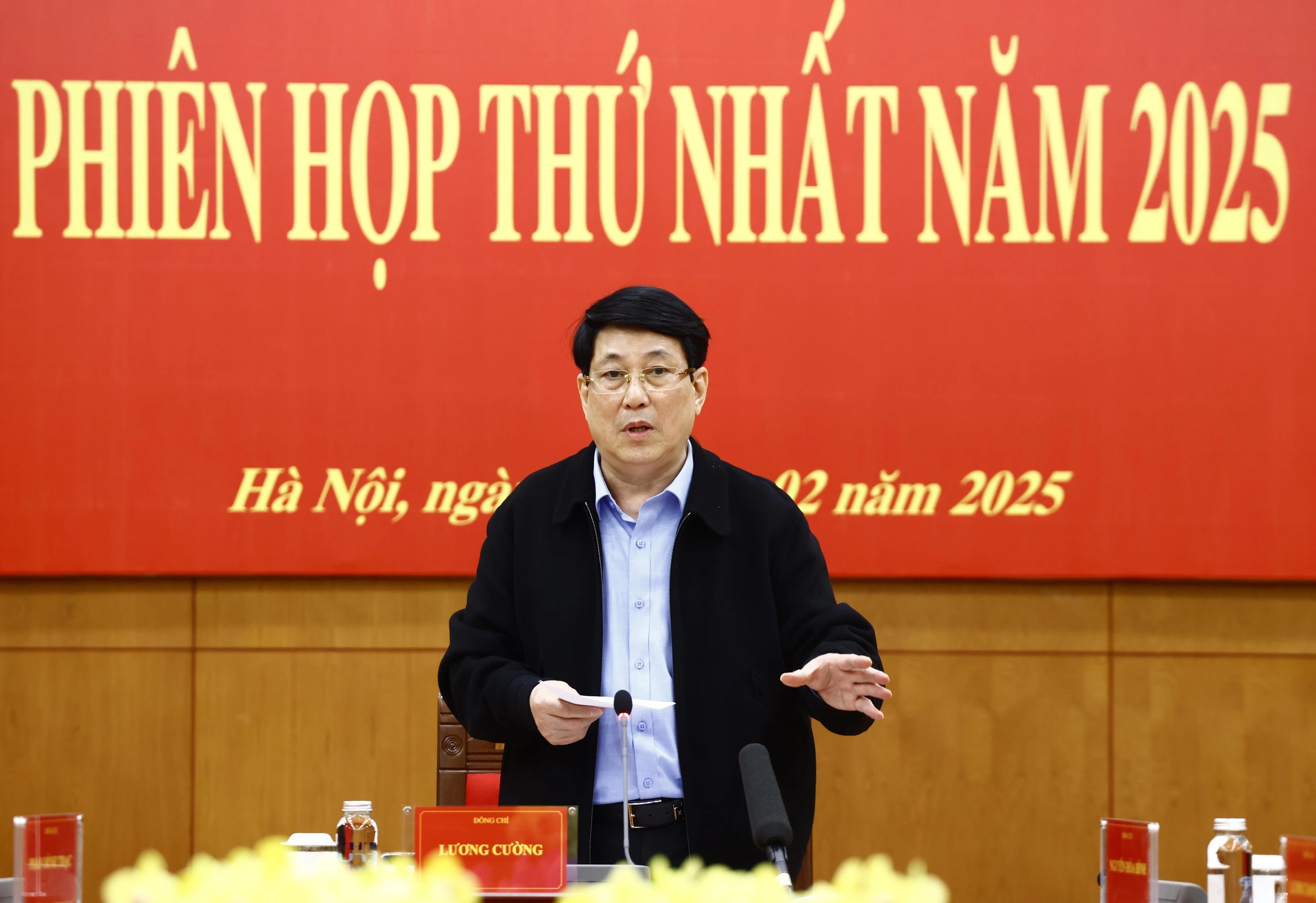

















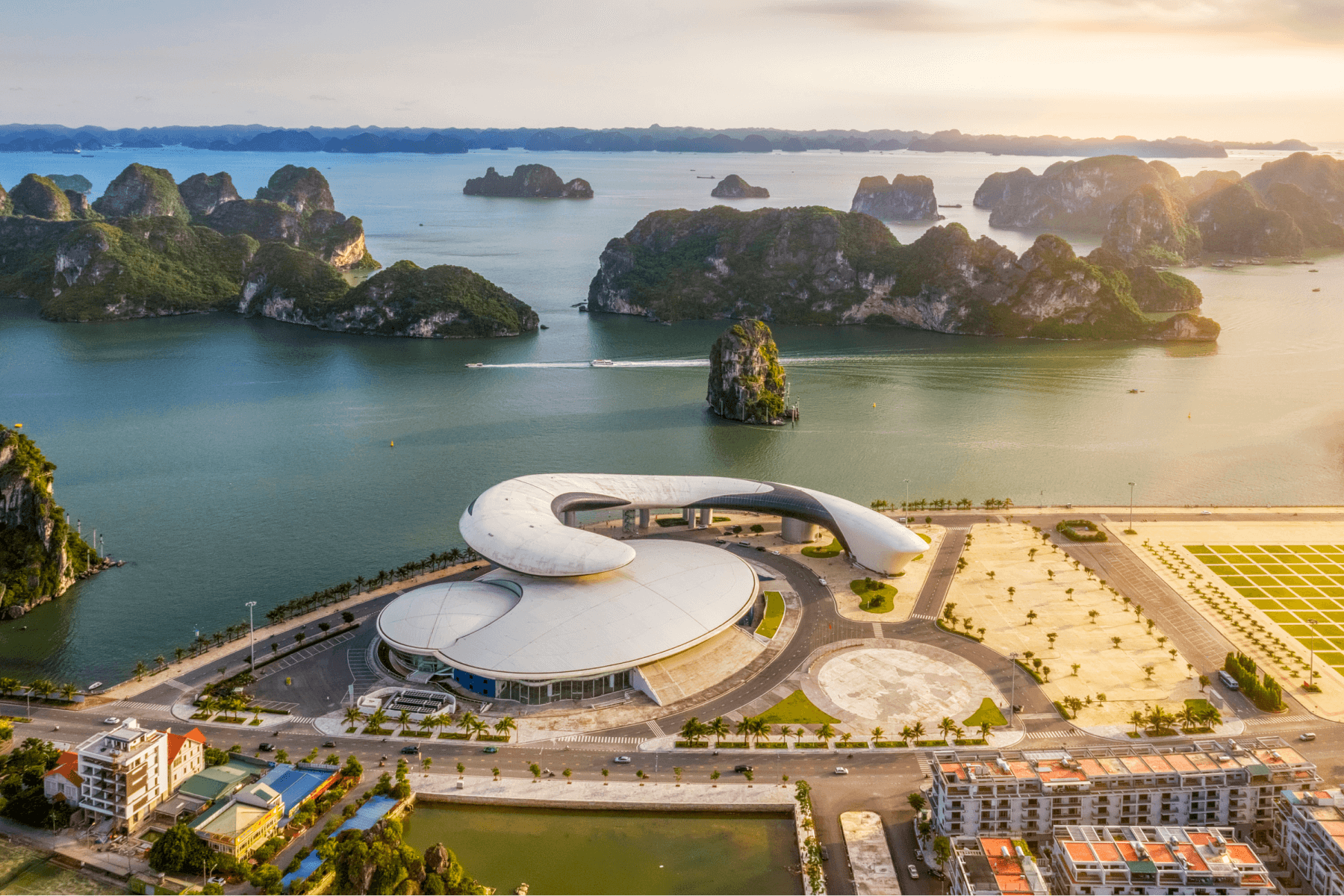
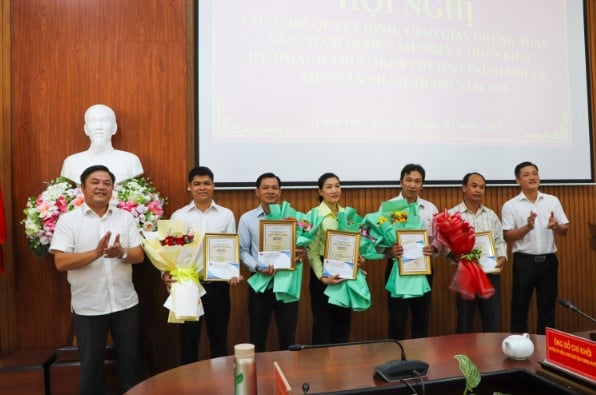
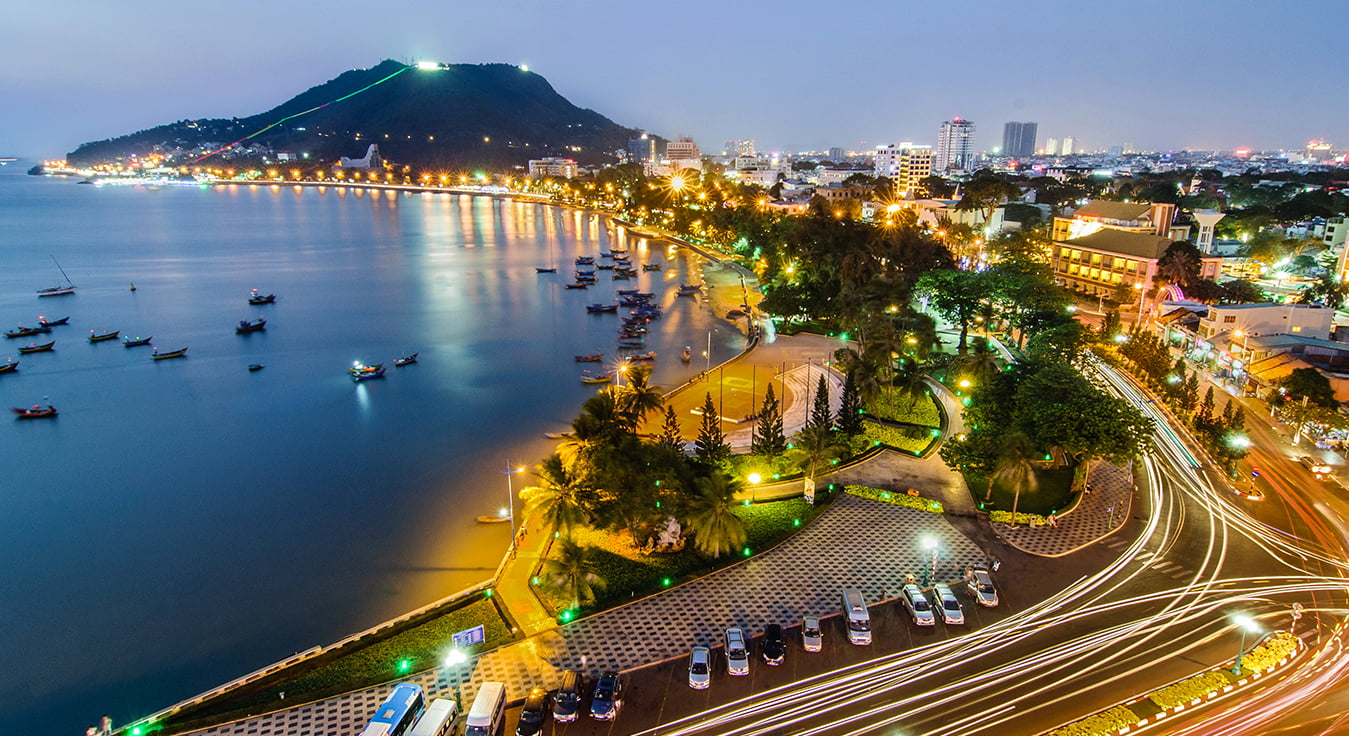
Comment (0)